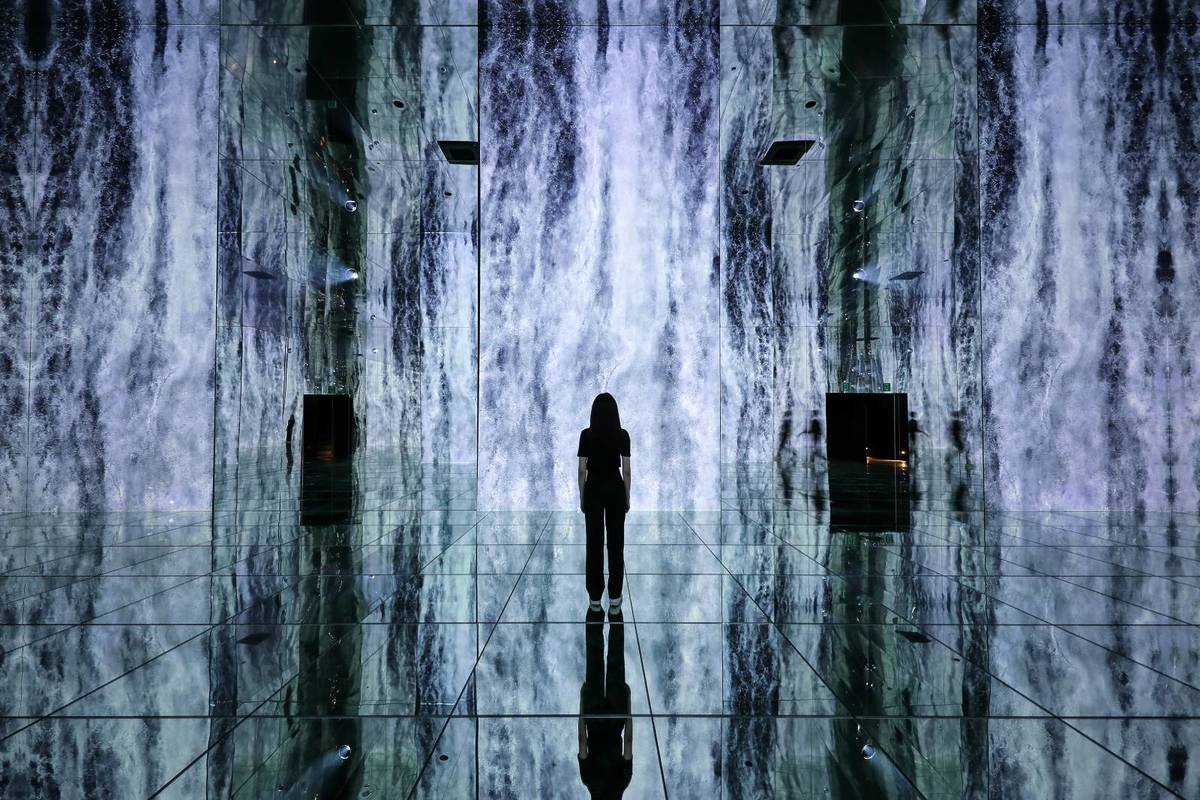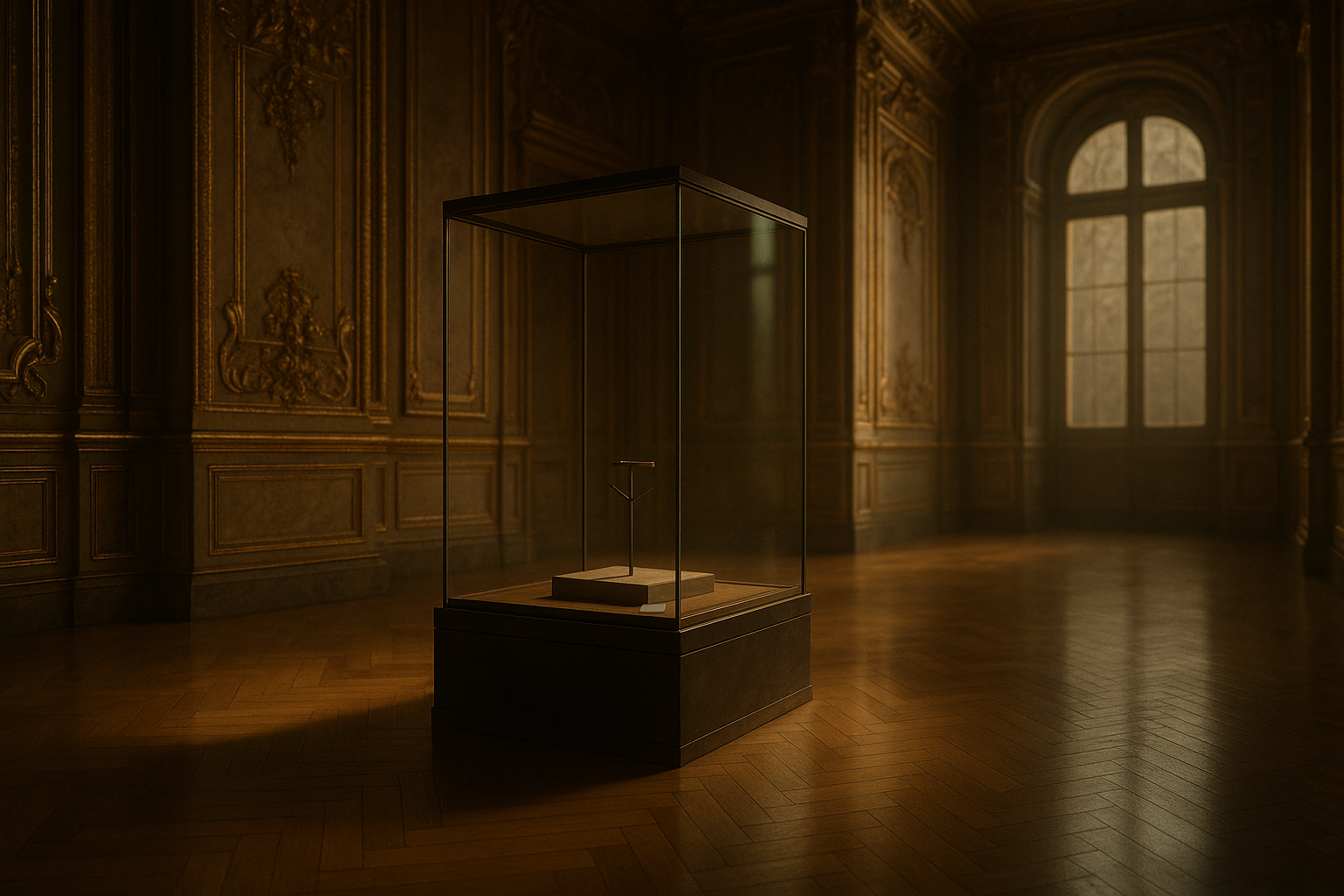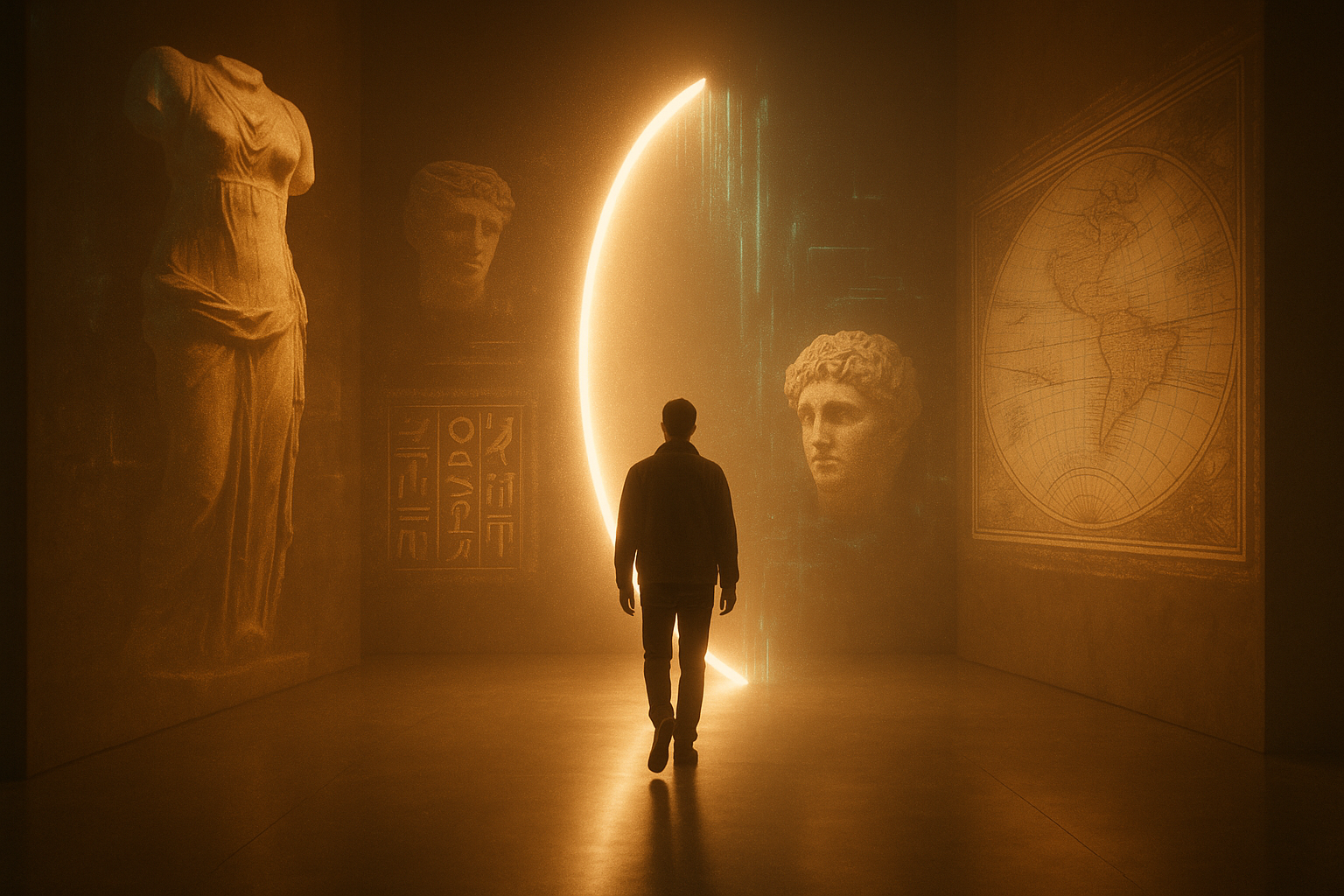Over the past few weeks, a trio of high-profile openings has signaled a clear shift in museum strategy: interpretation is moving from reading and viewing to presence and sensation. Institutions are investing in 360 theaters, holographic storytelling, soundscapes, scenography and even hospitality as part of the curatorial toolkit. This is not “projection wallpaper.” It’s a structural reframe aimed at winning time and attention from entertainment venues and social-first audiences are noticing.
What’s happening now
Washington, DC — Milken Center for Advancing the American Dream (MCAAD).
The new Milken Center opened its flagship exhibition, American Dream Experience, combining galleries with immersive media, a 360-degree theater, and holographic storytelling across a multi-building campus on Pennsylvania Avenue. The institution’s own materials and sector coverage detail the scale and the multi-sensory approach, including participatory media walls and OLED installations that invite visitors to add their own stories.
Philadelphia — Calder Gardens.
Designed by Herzog & de Meuron with landscape by Piet Oudolf, Calder Gardens opened on the Benjamin Franklin Parkway as an art-architecture-landscape hybrid. Rather than a conventional white-box museum, the site blends intimate galleries and contemplative outdoor rooms to heighten embodied, sensory encounters with Alexander Calder’s work. Coverage underscores the deliberately immersive choreography of space, light and movement that encourages slow looking and reflection.
New York City — ARTE Museum.
ARTE Museum landed at Chelsea Piers with large-scale digital nature, enveloping soundscapes, bespoke fragrances and an on-site ARTE Cafe/Tea Bar positioned as part of the visit, not an afterthought. Secret NYC’s on-the-ground preview and the official site highlight the 14-zone layout and the hospitality layer designed to extend dwell time.
Together, these launches sketch a common direction: museums are building multi-sensory journeys that integrate media, scenography and hospitality to deepen attention and lengthen visits. That’s a play straight out of the location-based entertainment rulebook, adapted to cultural aims.
Why this matters (and why now)
First, audience behavior. Visitors increasingly expect layered experiences that reward time on site. MCAAD’s participatory storytelling and ARTE’s scent-augmented galleries are engineered to create personal moments worth sharing and remembering which, not coincidentally, travel well on Instagram.
Second, mission delivery. Calder Gardens demonstrates how architecture and landscape can become interpretive media. By staging Calder’s mobiles and stabiles within a carefully tuned sensory environment, the institution turns “context” into content a different path to understanding than labels alone.
Third, on-site revenue design. When hospitality is integrated into the narrative (ARTE Cafe/Tea Bar) rather than bolted on at the exit, it supports both visitor comfort and sustainable operations. Done thoughtfully, this shifts the café from a convenience to a curated extension of the story.
The new playbook: scent, sound and hospitality as strategy
Scent as interpretation.
ARTE’s “bespoke fragrances” aren’t gimmicks; they act as memory anchors that help visitors encode place and meaning, especially in abstract or concept-driven media art. When aligned with narrative beats, scent becomes a cue for transitions and emotional tone.
Sound as spatial glue.
From 360 theaters to outdoor soundscapes, audio is doing heavy lifting. MCAAD’s immersive environments and Calder Gardens’ quiet acoustic field both show how sound design guides pace, focus and social behavior without shouting for attention.
Hospitality as part of the script.
ARTE’s tea/coffee service sits inside the exhibition vocabulary. That reframes F&B as a planned intermission, not a detour, a nudge to extend dwell time, restore attention, and encourage reflection before the next chapter.
Scenography as pedagogy.
Herzog & de Meuron’s spatial sequences at Calder Gardens and MCAAD’s media-rich galleries demonstrate how set-like environments can teach through pacing, vantage, and contrast, even when words are minimal.
Designing for time, not just tickets
If “attention is the scarce resource,” then museums must design for quality minutes, not just headcounts. The current crop of openings shows practical levers:
- Layered journeys that alternate intensity with rest (Calder’s gardens vs. galleries; ARTE’s media suites vs. cafe).
- Participatory touchpoints that invite personal contribution (MCAAD’s OLED wall and visitor stories).
- Senses as scaffolding to reduce cognitive load and increase meaning-making (ARTE’s sound and scent cues).
The goal isn’t spectacle for spectacle’s sake. It’s meaningful presence that helps visitors feel, remember, and return.
Expect more institutions to formalize multi-sensory briefs for new galleries and capital projects. Look for hospitality embedded in the storyline rather than siloed and for media architectures (360, holography, responsive sound) that can be reprogrammed with each exhibition cycle. If you want a preview of where this is headed, the case studies above are already open to the public.
This is exactly the shift we’re tracking at Original Narratives: from passive viewing to embodied journeys.
Discover on our website how we design experiences that feel as real as they look.



